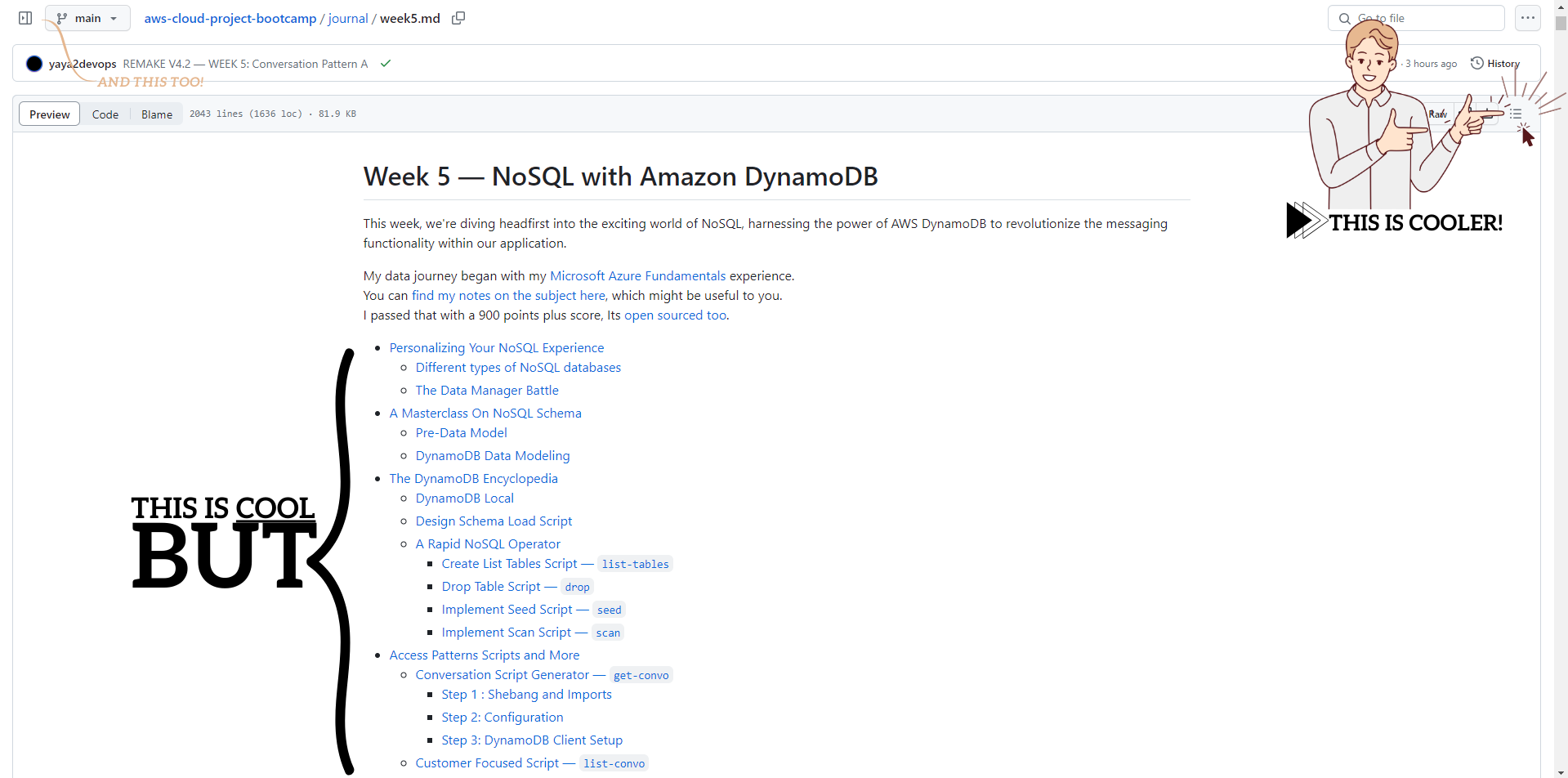How To Read and Absorb Content on GitHub
This is designed to help you maximize your learning experience when exploring GitHub repositories, particularly when diving into high-quality projects. The goal is to transform you from an average GitHub user into a master developer who can effectively absorb and apply knowledge from top-tier projects.
The Importance of Mindset
Before we begin, it's crucial to understand that this isn't just about reading code or documentation. It's about adopting a growth mindset and pushing your awareness to new levels. By approaching GitHub repositories with the right mindset, you're setting yourself up for significant personal and professional growth.
The Average Developer on GitHub
Let's first identify common pitfalls that prevent developers from fully benefiting from the wealth of knowledge available on GitHub:

-
Superficial Scanning: Many developers merely skim through repositories without diving deep into the code structure, architecture, or implementation details.
-
Lack of Context: Failing to understand the project's purpose, goals, and the problems it solves can lead to misinterpretation of the code.
-
Ignoring Documentation: README files, wikis, and other documentation often contain valuable insights that are overlooked.
-
Copy-Paste Mentality: Some developers copy code snippets without understanding how they work or why they were implemented in a certain way.
-
Neglecting Version History: The evolution of a project can provide crucial insights into best practices and problem-solving approaches.
Unlocking Your Developer Mastery
Now, let's explore strategies to elevate your GitHub reading skills to a professional level:

-
Holistic Understanding:
- Start with the README and documentation to grasp the project's purpose and architecture.
- Understand the problem the project solves and its target audience.
-
Deep Dive into Code Structure:
- Analyze the folder structure and how different components interact.
- Study the naming conventions and code organization principles used.
-
Examine Coding Patterns and Best Practices:
- Look for design patterns and architectural decisions.
- Pay attention to error handling, performance optimizations, and security measures.
-
Investigate Dependencies and Integrations:
- Understand why specific libraries or frameworks were chosen.
- Study how external services or APIs are integrated.
-
Analyze Commit History and Pull Requests:
- Review significant changes and the reasoning behind them.
- Learn from code reviews and discussions in pull requests.
-
Engage with the Community:
- Read through issues to understand common problems and solutions.
- Participate in discussions or contribute if possible.
-
Implement and Experiment:
- Try to recreate parts of the project to deepen your understanding.
- Experiment with modifications to see how they affect the system.
-
Reflect and Apply:
- Take notes on new concepts, techniques, or tools you've discovered.
- Consider how you can apply these learnings to your own projects.
Preparing for Deep Learning
Before you start exploring repositories or diving into weekly journals:
-
Set Clear Objectives: Define what you want to learn or achieve from each study session.
-
Create a Distraction-Free Environment: Ensure you have a quiet, comfortable space for focused reading and analysis.
-
Use Tools Effectively: Familiarize yourself with GitHub's features like the code browser, blame view, and diff tool.
-
Take Breaks: Use techniques like the Pomodoro method to maintain high focus and avoid burnout.
-
Visualize and Map: Create diagrams or mind maps to help you understand complex systems or workflows.
Conclusion
By adopting these strategies and approaching GitHub repositories with a growth mindset, you'll be well on your way to becoming a master developer. Remember, the goal is not just to read code, but to truly absorb and internalize the knowledge, patterns, and best practices embedded in top-tier projects.
Happy learning, and may your journey to developer mastery be both challenging and rewarding!